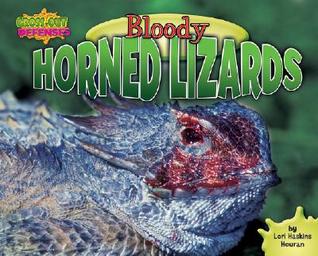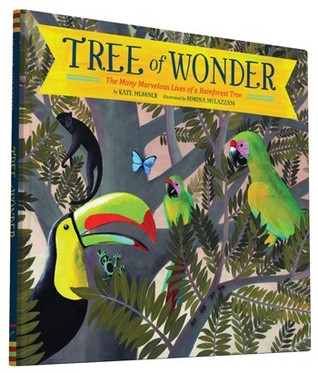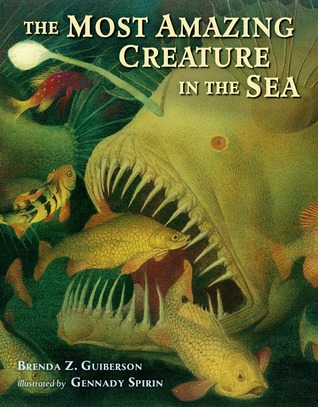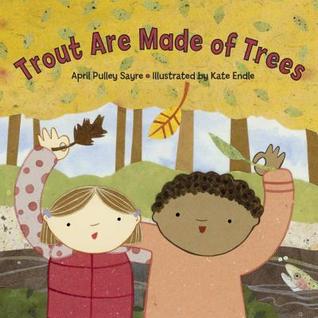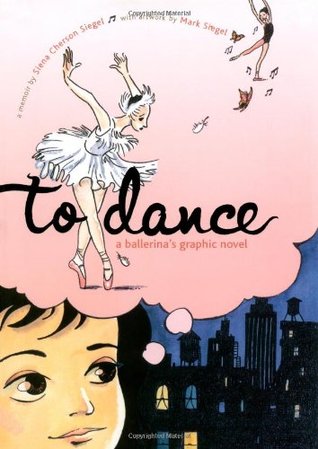Top 10 Famous People I Heard Speak
or With Whom I Ate Dinner
Peter Sis
Vicki Vinton
Allison Bechdel
Kate Messner
Laurel Snyder
LeUyen Pham
Marilyn Singer
Kadir Nelson
Laura Amy Schlitz
Dave Eggers
Top 10 Books I Can't Wait to Read (or re-read) Because of NCTE
Because of Winn Dixie by Kate DiCamillo (see photo below for why)
Fuzzy Mud by Louis Sachar
The Great Greene Heist by Varian Johnson
Long Road to Freedom (Ranger in Time #3) by Kate Messner
Currents by Jane Smolik
A Whole New Ballgame by Phil Bildner
Are You My Mother? by Allison Bechdel
Writers ARE Readers: Flipping Reading Instruction into Writing Opportunities by Lester Laminack
Reading Nonfiction: Notice & Note Stances, Signposts, and Strategies by Kylene Beers
The Teacher You Want to Be: Essays about Children, Learning, and Teaching edited by Matt Glover and Ellin Oliver Keene
Top 10 Quotes from NCTE Speakers
"I write to figure out stuff that's bothering me." --Allison Bechdel
"Fear motivates me to take on something that seems daunting and impossible...why would you bother with anything less?" --Allison Bechdel
"If kids can find the answers faster [using Google], maybe we need to ask different questions." --Jen Vincent
"It was a big deal to me that I got it right." --LeUyen Pham (The Boy Who Loved Math)
"Writing is not always fun. It is always more fun to
have written." --Dave Eggers
"I think of America as a large family. Every family's stories are a part of the American story." --Kadir Nelson
"We have to be careful that we don't jargonize joy like we did rigor and grit." --Kathy Collins
"If we teach today as we taught yesterday, we rob our children of tomorrow." --John Dewey (quoted by Vicki Vinton)
Our students don't need more content and vocabulary (as the Common Core states), they need a reading identity and agency. They need to be "...deep thinkers with a knack for problem solving." --Vicki Vinton
"Use a problem-solving approach to reading (the way we do in math workshop). Words aren't the problem...what does it MEAN?" --Vicki Vinton
Two Amazing Moments That Happened at NCTE,
But Don't Really Have Anything to do with the Conference Itself
I had the opportunity to go to the University of Minnesota's Kerlan Collection, and among other artifacts of children's literature, we saw (and touched) the first three drafts of Because of Winn Dixie.
These native dancers. I happened on them by accident one evening when I was walking through the convention center back to my hotel after a reception. My fifth graders are currently studying the "ancient people of Latin America," and here those people were, alive and well and wearing spandex shorts and glasses, honoring their Aztec ancestors by keeping their traditions alive, all the way north in Minneapolis, MN.

























